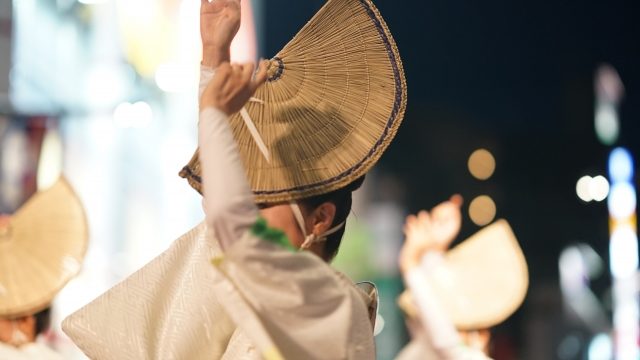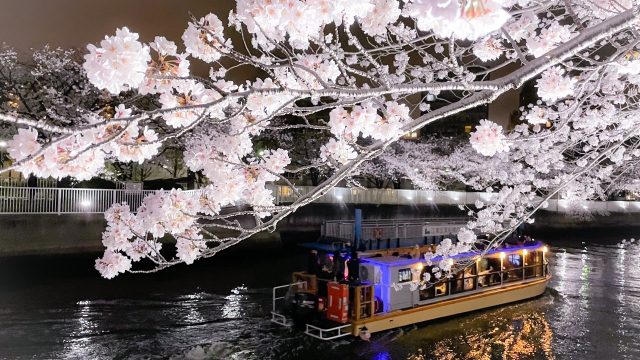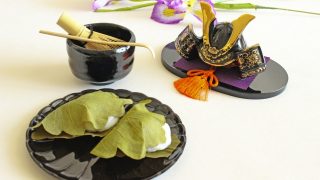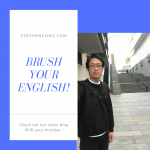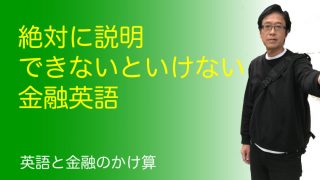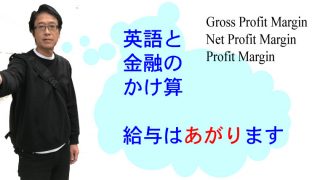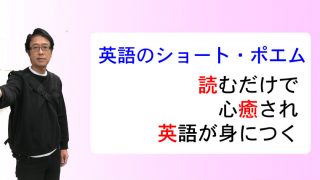日本の五節句の一つ「端午の節句」は、男の子の健やかな成長を祈る伝統行事として日本各地で祝われています。
現在は「こどもの日」として国民の祝日にもなっているこの行事には、鯉のぼりや兜飾り、柏餅など特徴的な風習があります。
本記事では、「端午の節句」をアメリカ人の友人に英語で紹介する際に役立つ表現や背景知識をご紹介します。
日本の伝統文化を海外の方に理解してもらうための参考にしてください。
目次
「端午の節句」の英語での表現方法
「端午の節句」を英語で表現する際、一般的には「Tango no Sekku」(タンゴ ノ セック)とそのままローマ字で表記することが多いですが、説明が必要な場合は以下のような表現が使われます:
- “Boys’ Day”(ボーイズ デイ:男の子の日)
- “Children’s Day”(チルドレンズ デイ:こどもの日)
- “The Iris Festival”(アイリス フェスティバル:菖蒲の節句)
英語での紹介例:
- “Tango no Sekku, also known as Boys’ Day or Children’s Day, is a Japanese traditional festival celebrated on May 5th.” (「端午の節句は、男の子の日やこどもの日としても知られ、5月5日に祝われる日本の伝統的な祭りです。」)
- “This day is dedicated to celebrating children’s personalities and praying for their healthy growth.” (「この日は子どもたちの個性を祝い、健やかな成長を祈るために捧げられています。」)
「端午の節句」の歴史的背景
「端午の節句」の歴史を説明するときは、以下のような表現が使えます:
- “The origins of Tango no Sekku can be traced back to ancient China.” (「端午の節句の起源は古代中国にさかのぼることができます。」)
- “It was introduced to Japan during the Nara period (710-794) as a seasonal festival.” (「季節の祭りとして奈良時代(710-794年)に日本に伝わりました。」)
- “During the Edo period (1603-1867), it became associated with samurai culture and celebrating male children.” (「江戸時代(1603-1867年)には、武士文化や男児を祝うことと関連付けられるようになりました。」)
- “In 1948, the Japanese government designated May 5th as ‘Children’s Day’ (Kodomo no Hi), making it a national holiday for all children regardless of gender.” (「1948年に、日本政府は5月5日を「こどもの日」と定め、性別に関係なくすべての子どものための国民の祝日としました。」)
「端午の節句」の主な風習と英語での説明
1. 鯉のぼり (Koinobori)
- “Koinobori are carp-shaped streamers or windsocks that families hang outside their homes.” (「鯉のぼりは、家族が家の外に飾る鯉の形をした吹き流しや風袋です。」)
- “The black carp represents the father, the red one represents the mother, and the smaller ones represent the children.” (「黒い鯉は父親を、赤い鯉は母親を、そして小さい鯉は子どもたちを表しています。」)
- “Carp are symbols of determination and strength because they swim upstream against strong currents.” (「鯉は強い流れに逆らって上流に泳ぐため、決意と強さの象徴です。」)
2. 兜飾り (Kabuto Kazari)
- “Many families display miniature samurai helmets (kabuto) and armor (yoroi) inside their homes.” (「多くの家庭では、ミニチュアの武士の兜(かぶと)や鎧(よろい)を家の中に飾ります。」)
- “These decorations symbolize strength and protection for boys.” (「これらの装飾は男の子のための強さと保護を象徴しています。」)
- “The helmets are often displayed on tiered stands alongside other samurai dolls and decorations.” (「兜はしばしば他の武者人形や装飾品と共に段飾りに飾られます。」)
3. 菖蒲 (Shobu)
- “The Japanese iris (shobu) is an important symbol of Tango no Sekku.” (「菖蒲(しょうぶ)は端午の節句の重要な象徴です。」)
- “Families traditionally take shobu-yu (iris baths) for good health and to ward off evil.” (「伝統的に、家族は健康のため、また悪を退けるために菖蒲湯(しょうぶゆ)に入ります。」)
- “The sharp leaves of the iris are associated with the sword, symbolizing the warrior spirit.” (「菖蒲の鋭い葉は刀と関連付けられ、武士の精神を象徴しています。」)
4. 伝統的な食べ物
- “Kashiwa-mochi (rice cakes wrapped in oak leaves) and chimaki (steamed sweet rice wrapped in bamboo leaves) are traditional foods eaten on this day.” (「柏餅(かしわもち:柏の葉に包まれた餅)と粽(ちまき:笹の葉に包まれた蒸した甘い餅)は、この日に食べられる伝統的な食べ物です。」)
- “Oak leaves are symbols of strength and prosperity because they don’t fall until new leaves grow.” (「柏の葉は新しい葉が生えるまで落ちないため、強さと繁栄の象徴です。」)
現代における「端午の節句」
現代の「端午の節句」の様子を説明する英語表現:
- “While traditionally focused on boys, modern celebrations of Children’s Day encompass all children regardless of gender.” (「伝統的には男の子に焦点を当てていましたが、現代のこどもの日のお祝いは性別を問わずすべての子どもたちを対象としています。」)
- “Many communities and public spaces host special events and displays for Children’s Day.” (「多くのコミュニティや公共スペースでは、こどもの日のための特別なイベントや展示が開催されます。」)
- “Schools often incorporate educational activities about traditional Japanese culture during this season.” (「学校ではこの季節、伝統的な日本文化についての教育活動を取り入れることがよくあります。」)
「端午の節句」と他の国の子どものお祭りとの比較
アメリカ人にわかりやすく説明するための比較:
- “Similar to how Americans celebrate special days for children like birthdays or school graduations, Japanese families celebrate Children’s Day as a time to honor and encourage their children’s growth.” (「アメリカ人が誕生日や卒業式など子どものための特別な日をお祝いするのと同様に、日本の家族はこどもの日を子どもたちの成長を称え、奨励する時として祝います。」)
- “While American parents might display photos or achievements of their children, Japanese families display symbolic items like Koinobori and Kabuto to express their hopes for their children’s future.” (「アメリカの親が子どもの写真や業績を飾るのに対し、日本の家族は子どもの将来への希望を表すために鯉のぼりや兜のような象徴的なものを飾ります。」)
アメリカ人に「端午の節句」を説明する際のポイント
文化の違いを踏まえた説明のコツ:
- “When explaining Tango no Sekku to Americans, focus on its meaning as a celebration of children and family values.” (「アメリカ人に端午の節句を説明する際は、子どもと家族の価値観を祝うという意味に焦点を当てましょう。」)
- “Highlight the visual elements like colorful carp streamers and samurai helmets, as these create strong mental images.” (「色鮮やかな鯉のぼりや武士の兜のような視覚的要素を強調しましょう。これらは強い心象風景を作り出します。」)
- “Connect the symbolism to universal values like strength, perseverance, and protection of the next generation.” (「象徴性を強さ、忍耐力、次世代の保護といった普遍的な価値観と結びつけましょう。」)
- “Explain how the tradition has evolved over time to become more inclusive, now celebrating all children regardless of gender.” (「この伝統がどのように時間とともに進化し、より包括的になり、現在では性別に関係なくすべての子どもたちを祝うようになったかを説明しましょう。」)
まとめ
「端午の節句」は単なる伝統行事ではなく、子どもたちの健やかな成長を願う日本文化の大切な側面を表しています。アメリカ人の友人に英語で紹介する際は、視覚的な美しさや象徴的な意味を伝えることで、より深い文化理解を促すことができるでしょう。国や文化は違っても、子どもの成長を祝い、幸せを願う気持ちは世界共通です。このブログ記事が、国際交流の一助となれば幸いです。
日本の伝統行事「端午の節句」は、その視覚的な美しさと象徴的な意味で、外国の方々にも魅力的に映る文化の一つです。言葉の壁を超えて、日本の伝統の素晴らしさを共有していきましょう。
外資系企業への英語面接サポート・サービスで不安を解消しましょう!
stephenpong.com では、おひとりおひとりに合わせて
英語面接のサポートをレジュメの作成段階からご指導致します
まずは、お問い合わせください
自分で用意した英文レジュメはこれでいいのかな?
英語面接の質問とその答え方はどう準備したらいいの?
英語の面接に不安を感じる、模擬面接で練習したい?!
これらのお悩みをすべて解決します!
お気楽に下記フォームからご相談ください!
人生を動かしましょう!
ごく稀に、返信メールがお客様の迷惑フォルダに紛れ込んでいる場合がありますのでご注意ください。

